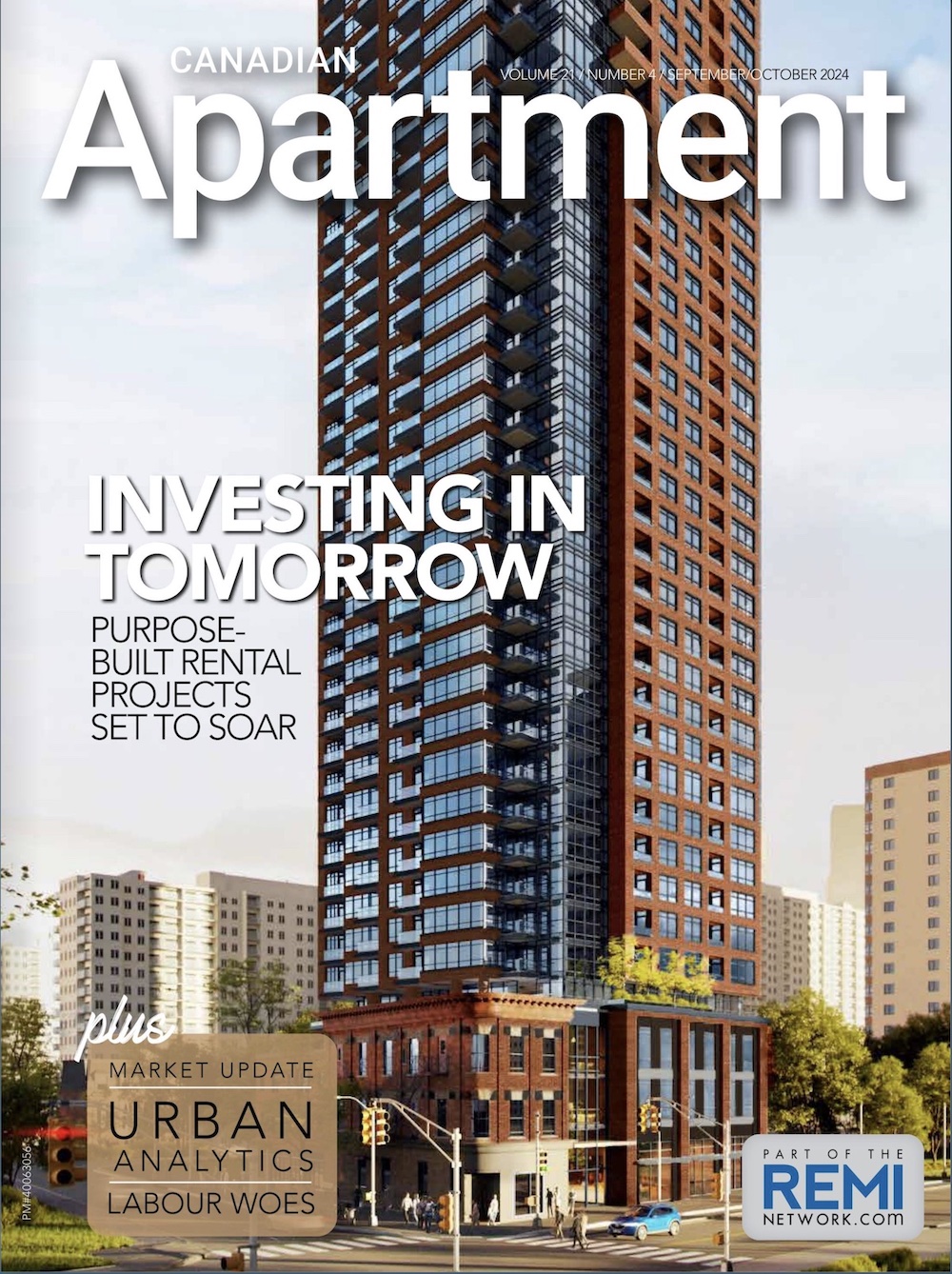Inclusionary zoning has become a heated subject once again in the wake of the Ford Government’s “More Homes, More Choice” action plan, otherwise known as Bill 108. Designed to reduce red tape and eliminate many of the barriers waylaying new construction, Ford’s plan has been largely embraced by housing developers, while other groups are calling it a detriment to the city’s future. And if there’s one policy sure to ignite controversy among the forces at work in the housing sphere, it’s inclusionary zoning.
Introduced by the previous Liberal government in April, 2018, Ontario’s inclusionary zoning bylaw mandated that all new residential buildings include an affordable housing component tailored to meet the needs of each jurisdiction. But with Bill 108 receiving Royal Assent on June 6th, inclusionary zoning will no longer apply to all multi-residential buildings in the downtown core; rather just those close to major transit hubs.
At a recent Land & Development Conference in Toronto, Paul Morassutti, CBRE Canada Vice Chairman, spoke about the impacts of the divisive policy and primarily its effects on land value.
“I’m a supporter of inclusionary zoning, and I think we need more of it. But supply is not the root cause and inclusionary zoning is not a complete solution,” he said. “The disparity between those who can afford to buy or rent in Toronto and those who can’t is going to keep growing as we shift to a knowledge-based, tech-driven economy.”
As affordability worsens, Morassutti stressed his opinion that policy-makers need to consider the impact regulations like inclusionary zoning will have on development pro-formas and land values — pointing out that, “Amid ever-increasing construction costs and development charges, inclusionary zoning could make affordable housing even less attainable.”
To demonstrate the impact of inclusionary zoning on land values and overall development viability, Morassutti referenced the recent sale of a government-owned site at 26 Grenville St. and 27 Grosvenor St., acquired by Choice Properties REIT and Greenwin Inc.
The property was sold with the condition that it be redeveloped for rental housing and include more than 200 affordable units, or 30 per cent of the total units at 80 per cent of CMHC average market rents. The site ended up selling for $53 per square feet buildable. Had it sold unencumbered with no affordable housing requirement, Morassutti estimated the property could have achieved closer to $250 per square foot buildable.
This drop in value is the result of land values being extremely sensitive to changes in the pricing of the residential units, and adding an affordable component has a dramatic effect. “Incentives will be required to make the development of affordable housing in Toronto viable,” he said. “Otherwise, the risk is that you dissuade development rather than incentivizing it. This will only intensify the affordability problem, and then we risk becoming Manhattan, where cops, firefighters, nurses, teachers, can’t afford to live in the city. I don’t think any of us want that.”
In support of inclusionary zoning
Meanwhile, advocates of inclusionary zoning are of the mind that mandating an affordable housing component supports the creation of integrated, mixed-use communities wherever market housing is built, giving everyone a better opportunity to find housing in proximity to where they work.
Calling it “an important tool in the toolbox to help build affordable housing” the Cooperative Housing Federation (CHF) sees it as a solution to Toronto’s multifaceted housing challenge and points to the numerous communities in the U.S. and the U.K. that have successfully built thousands of units of new affordable housing as a result of implementing the policy.
Deputy Mayor Ana Bailao, who’s been vocal about the City’s intent to move forward with its inclusionary zoning efforts despite Ford’s incoming Bill 108, told the Toronto Star that the change could “set the zoning process back another two years and comes at a time when no affordable unit can be spared.”
Since last April, the municipal government has been studying affordable housing policies worldwide in an effort to build a framework for the city’s new mandatory requirements.
According to Toronto’s Planning and Housing Committee, “Issues of housing affordability have grown exponentially in recent years, impacting not only the city’s most vulnerable residents, but increasingly low and moderate income households. The city’s renters, particularly households looking for housing in today’s market, have been most impacted by increasing housing affordability issues and are more and more often left with little choice but to pay more than 50 per cent of their income on rent in order to live within access to transit, jobs and services.”
As such, the City says it aims to develop a program that would satisfy the social component without deterring new development. Recommendations outlined in the Proposed Official Plan include making inclusionary zoning mandatory in sites with 100-plus units or an equivalent amount of gross floor area in the city’s strong downtown markets. Outside those neighbourhoods, the same requirements would apply to buildings with 140-plus units.
But with the recent passing of Bill 108, the number of buildings impacted could be greatly reduced.
Behind the divisive policy
Inclusionary zoning – also known as inclusionary housing – is an American term which refers to municipal and county planning ordinances that require a given share of new construction to be affordable for those with low to moderate incomes. Generally, housing is considered “affordable” when households do not pay more than 30 per cent of gross income on annual accommodation costs, or when the rent is at or below the average market rent.
According to www.inclusionaryzoning.ca the concept was first introduced during the early 1970s and is now used in approximately 400 communities in a dozen-plus states, as well as in several jurisdictions in Australia and the U.K. Manitoba, British Columbia and Quebec all have their own versions of “inclusionary programs” to support the development of mixed-income communities, however these are largely voluntary or incentivized versus mandated by the government.
Learn more about the City’s plan at: https://www.toronto.ca/city-government/planning-development






